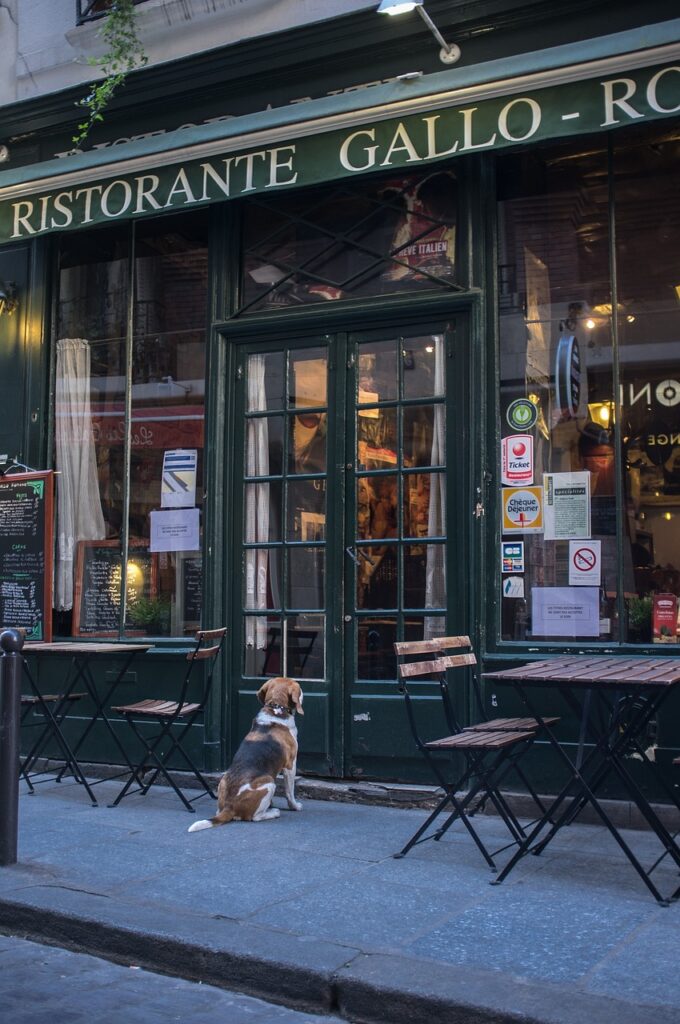The art of translation serves as a bridge between cultures, enabling timeless literary works to resonate across linguistic boundaries. Recently, a rare French translation of an acclaimed Urdu masterpiece has emerged, marking a significant milestone in cross-cultural literary exchange. This new translation not only brings the rich heritage of Urdu literature to a French-speaking audience but also sparks renewed interest in the intricate interplay of language, culture, and art.

The Rich Tapestry of Urdu Literature
Urdu literature, known for its poetic elegance and profound expression, has long captivated readers with its intricate metaphors, emotional depth, and historical narratives. Masterpieces in this tradition often explore themes of love, loss, spirituality, and social commentary, weaving together stories that echo the complex tapestry of South Asian culture. Despite its global significance, many of these works remain inaccessible to non-Urdu readers due to language barriers.
The Translation Journey: Challenges and Triumphs
Translating a literary masterpiece is no small feat. The process demands more than a simple word-for-word conversion; it requires a sensitive reimagining of tone, context, and cultural nuance. The translator of this rare French edition faced several challenges:
- Capturing Poetic Nuance: Urdu’s lyrical quality, replete with idioms and layered metaphors, required the translator to find equivalent expressions in French that would evoke the same emotions.
- Cultural Context: Many references steeped in South Asian history and tradition had to be carefully explained or adapted to resonate with French readers unfamiliar with the context.
- Balancing Fidelity and Fluidity: Maintaining the original text’s integrity while ensuring the translation flowed naturally in French was a constant balancing act, necessitating multiple revisions and close collaboration with literary scholars.
Despite these hurdles, the translator’s meticulous work has resulted in a version that retains the soul of the original, inviting new audiences to experience the beauty and depth of Urdu literature.
Cultural Impact: Opening New Doors in French Literature
This rare translation does more than just render a text in another language—it opens a window into a vibrant cultural heritage. For French readers, it offers an unprecedented opportunity to explore the emotive world of Urdu storytelling, with its rich imagery and historical depth. In academic circles, it provides fresh material for comparative literature studies, prompting discussions about the universality of themes such as love, honor, and resilience.
Moreover, the translation exemplifies the growing importance of global literary exchange. As cultures increasingly intersect in our interconnected world, such projects underscore the role of translation in preserving literary diversity and fostering mutual understanding.

Beyond the Pages: Implications for Global Literary Exchange
The significance of this translation extends well beyond its immediate readership. It represents a broader movement towards recognizing and celebrating non-Western literary traditions on a global stage. By bringing an Urdu masterpiece into the French literary canon, this project encourages similar endeavors across other languages and cultures, thereby enriching the global literary landscape.
Furthermore, this initiative highlights the potential of interdisciplinary collaboration. Combining the expertise of linguists, literary critics, and cultural historians has not only enhanced the quality of the translation but also set a benchmark for future projects that seek to bridge diverse literary worlds.
Frequently Asked Questions (FAQs)
Q1: What makes this French translation of the Urdu masterpiece so significant?
A: The translation is significant because it makes a culturally and historically rich Urdu text accessible to a French-speaking audience, promoting cross-cultural understanding and enriching global literature.
Q2: What challenges did the translator face during this project?
A: Major challenges included capturing the poetic nuances of Urdu, conveying cultural contexts unfamiliar to French readers, and balancing the need for literal accuracy with the flow and readability of the translated text.
Q3: How does this translation contribute to global literary exchange?
A: It expands the reach of Urdu literature, introduces new perspectives to French readers, and sets a precedent for future translations that aim to bridge cultural divides and enrich the international literary canon.
Q4: Who might benefit from this translation?
A: The translation benefits French-speaking literature enthusiasts, academic researchers in comparative literature, and anyone interested in exploring non-Western literary traditions and cultural narratives.
Q5: What impact might this have on the future of literary translations?
A: This project encourages more collaborative and culturally sensitive translation efforts, inspiring similar initiatives that can further diversify and deepen the global exchange of literary art.
Q6: Where can readers find this translated work?
A: Details on distribution and publication are typically provided by the publishing house or through academic and literary channels, inviting interested readers to seek out the work at major bookstores, libraries, or online platforms.

This rare French translation not only revives an important Urdu masterpiece for a new audience but also exemplifies the transformative power of literary translation. By navigating linguistic and cultural complexities, the project bridges disparate worlds and enriches the global literary dialogue, reminding us that great literature transcends the boundaries of language.
Sources The Wire


